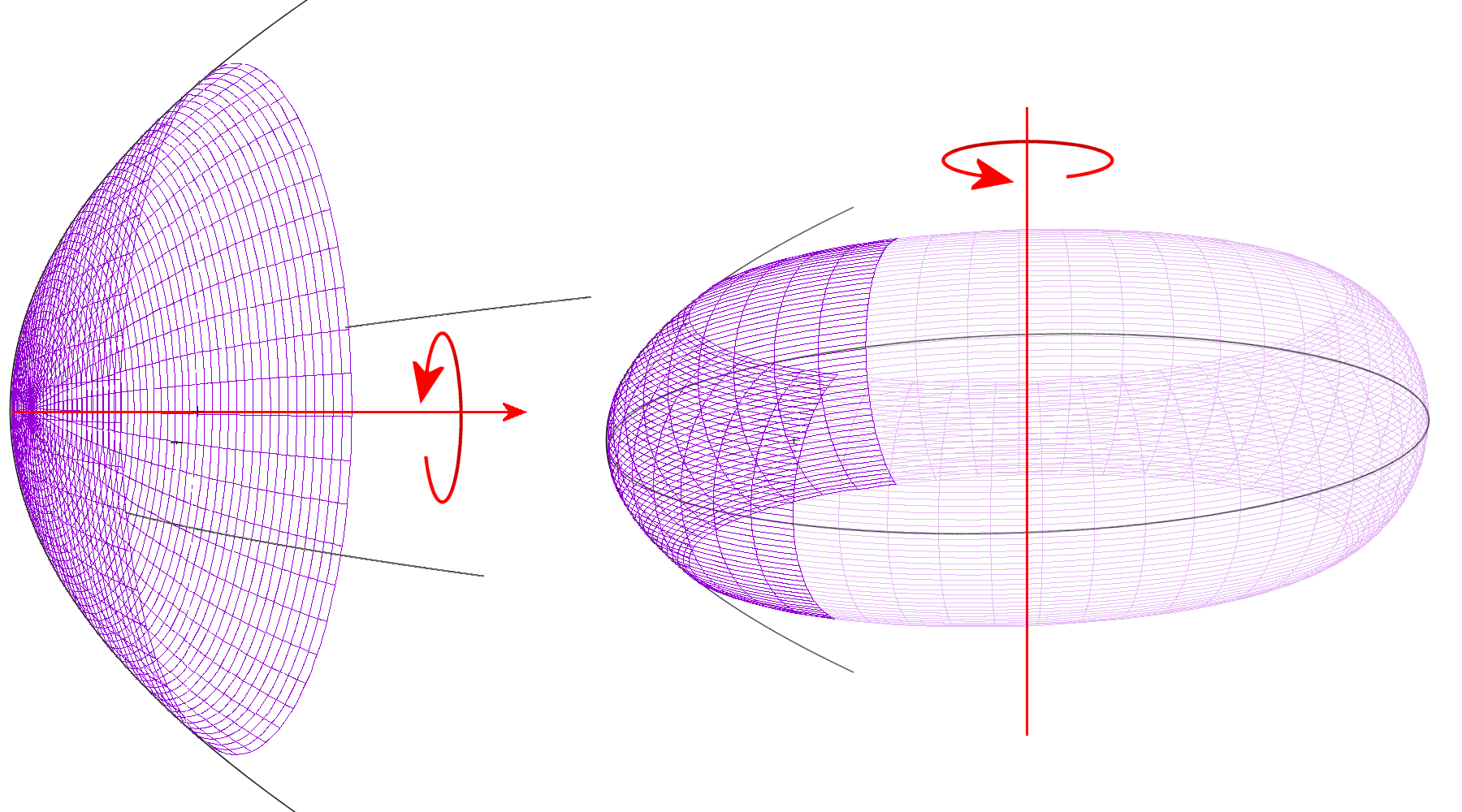Simulsat on:
[Wikipedia]
[Google]
[Amazon]
{{no footnotes, date=August 2017

 A parabolic torus reflector antenna is a quasi-
A parabolic torus reflector antenna is a quasi-
Simulsat.com
Antenna Technology Communications, Inc.
Radio frequency antenna types Consumer electronics Antennas (radio)

 A parabolic torus reflector antenna is a quasi-
A parabolic torus reflector antenna is a quasi-parabolic antenna
A parabolic antenna is an antenna that uses a parabolic reflector, a curved surface with the cross-sectional shape of a parabola, to direct the radio waves. The most common form is shaped like a dish and is popularly called a dish antenna or par ...
, where the defining parabola
In mathematics, a parabola is a plane curve which is mirror-symmetrical and is approximately U-shaped. It fits several superficially different mathematical descriptions, which can all be proved to define exactly the same curves.
One descri ...
is not rotated around the main transmission axis, but around an axis which stands vertically to this axis.
Simulsat is a trademark for such antennas designed and manufactured by Antenna Technology Communications.
Whereas parabolic satellite dish
A satellite dish is a dish-shaped type of parabolic antenna designed to receive or transmit information by radio waves to or from a communication satellite. The term most commonly means a dish which receives direct-broadcast satellite televisio ...
es with one low-noise block converter (LNB) are able to receive a satellite television
Satellite television is a service that delivers television programming to viewers by relaying it from a communications satellite orbiting the Earth directly to the viewer's location. The signals are received via an outdoor parabolic antenna com ...
broadcast
Broadcasting is the distribution of audio or video content to a dispersed audience via any electronic mass communications medium, but typically one using the electromagnetic spectrum (radio waves), in a one-to-many model. Broadcasting began wi ...
from one communications satellite
A communications satellite is an artificial satellite that relays and amplifies radio telecommunication signals via a transponder; it creates a communication channel between a source transmitter and a receiver at different locations on Earth ...
at a time, parabolic torus reflector antennas are capable of establishing views to more than 40 C and Ku band satellites simultaneously, by employing multiple LNBs.
Literature
* Alan G. P. Boswell: ''The parabolic torus reflector antenna.'' In: ''Marconi Review'', 41, 1978, pp. 237–248. * Biao Du, Edward K. N. Yung, Ke-Zhong Yang, Shun-Shi Zhong: ''Design of multibeam parabolic torus reflector antennas.'' In: ''Microwave and Optical Technology Letters'', 27, 5, 2000, pp. 343–347. * Kenneth S. Kelleher: ''A new wide-angle microwave reflector.'' In: ''Tele-Tech & Electronic Industries'', 12, 6, 1953, pp. 98–99, 168–169.External links
Simulsat.com
Antenna Technology Communications, Inc.
Radio frequency antenna types Consumer electronics Antennas (radio)